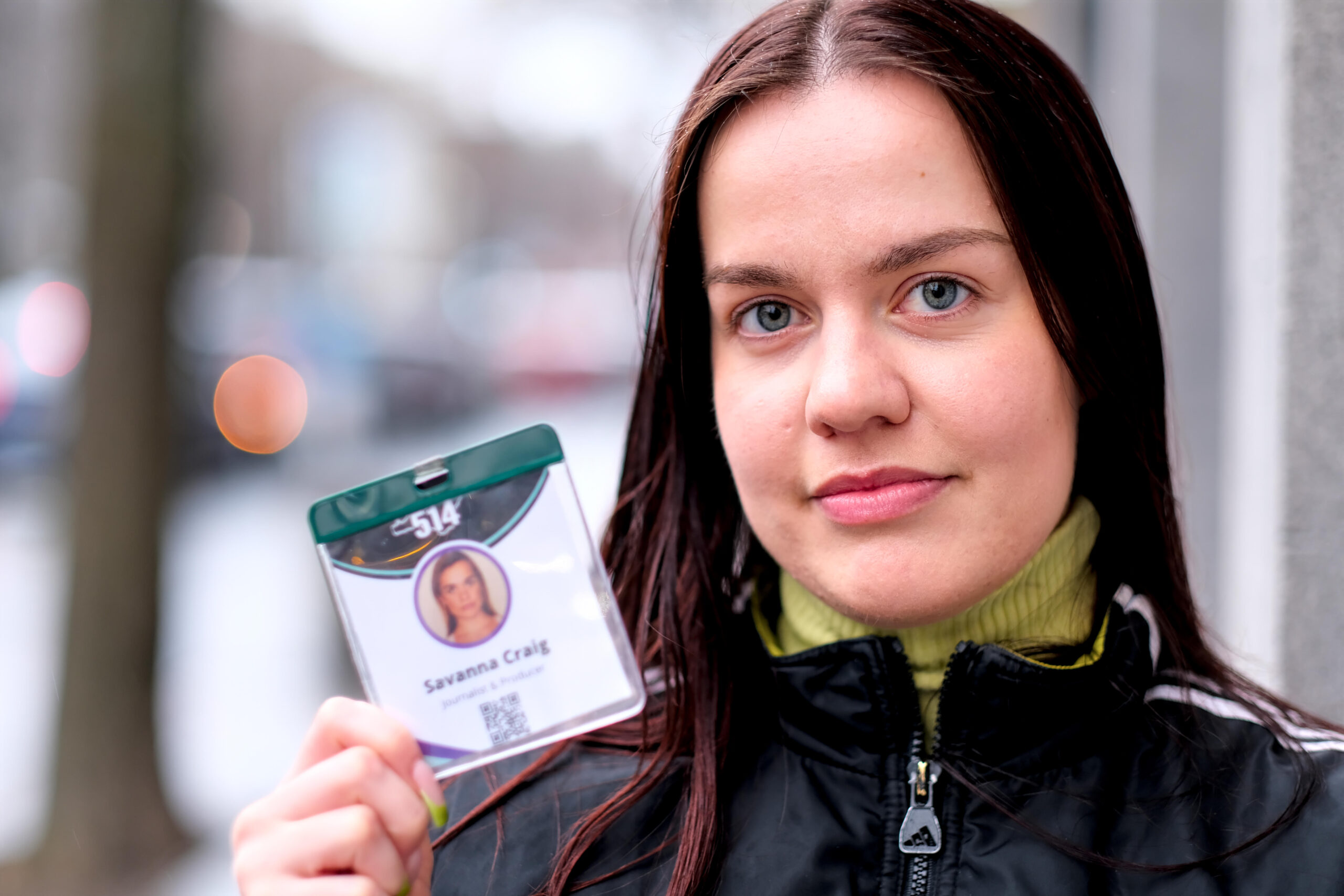Sometimes, when I read the news, I find myself thanking my parents for bringing me to Canada, a country where freedom of the press is protected, where I can do my job without fear of becoming a statistic. Since I started working on There Is a List, that gratitude has started to waver.
In journalism, we do this thing where we time a story to an event. You’re reading this today because it’s the second anniversary of the October 7 attacks, when Hamas launched the deadliest assault in Israel’s history. Around 1,200 people were brutally killed and 251 were taken hostage into Gaza.
Every day since, we’ve watched this genocide unfold in real time. With international media barred from entry, Palestinian journalists have been our only eyes and ears in Gaza. They’ve borne witness for all of us. They’ve paid with their lives to document history.
“You don’t protect somebody through erasure, you protect them by standing behind their journalism.”
Journalists like Anas Al-Sharif were targeted and killed while reporting from the frontlines. In just two years, Israel has killed more than 270 journalists in Gaza, most of them Palestinian.
Here in Canada, our colleagues reporting on Israel and Palestine may not face bombs or bullets, but they face smear campaigns, harassment and institutional silence that leave them vulnerable and alone.
The Targeting, the third episode of There is a List, looks at how a group called HonestReporting Canada (HRC), which calls itself a watchdog against “anti-Israel bias” that aims to enlist its supporters in “a digital army for Israel.” The organization weaponizes complaints to pressure Canadian newsrooms and intimidate journalists. It’s public write-ups and email campaigns name and shame reporters under the guise of media accountability.
Video journalist Iman Kassam experienced this firsthand. While working for CTV Montreal in 2021, she covered a protest against a pipeline project where a man wearing a kufiyeh stood in solidarity with Indigenous land defenders.
“In the clip that I ended up using to go to air, he said something along the lines of, the least I can do as a visitor to this land is support the first people of this land,” Kassam said.
Soon after, HRC launched a hate campaign against her and urged its followers to condemn her work. Instead of standing by Kassam, CTV Montreal quietly removed her story from its website. Management told her the decision had been made to “protect” her from online criticism.
“You don’t protect somebody through erasure, you protect them by standing behind their journalism.”
Former CBC journalist Samira Mohyeddin faced similar targeting. HRC went after her after she produced an episode of Unforked about hummus and its origins, accusing her of bias and prompting an internal CBC investigation.
“The whole point of these attacks is to try and silence you,” Mohyeddin said.

The CBC Ombudsman eventually ruled that the episode “fell short on balance,” but rejected most of the complaints. The process sent a message to journalists across the newsroom: tread carefully.
These stories expose a deeper crisis in Canadian media, and it’s what some call the “Palestine exception.” It’s a double standard that allows political pressure to dictate coverage, where journalists risk their careers for simply naming an occupation or reporting Palestinian suffering without euphemism.
Over the last two years, this chill has only intensified. HonestReporting Canada has ramped up its campaigns, celebrating when journalists get fired or disciplined. In most cases, media executives frame these as neutral editorial decisions when in reality, they reinforce a culture of fear.
The result is self-censorship. Journalists start avoiding stories about Israel and Palestine altogether, says Mohyeddin. “You start to think, I don’t want to be that journalist. I don’t want to be seen as the problem.”
The threats may look different here and there, but both serve to undermine the same principles of a free press.
Tune in every Tuesday for a new episode. You can subscribe to There is a List and listen on Apple, Spotify, YouTube or wherever you get your podcasts.





